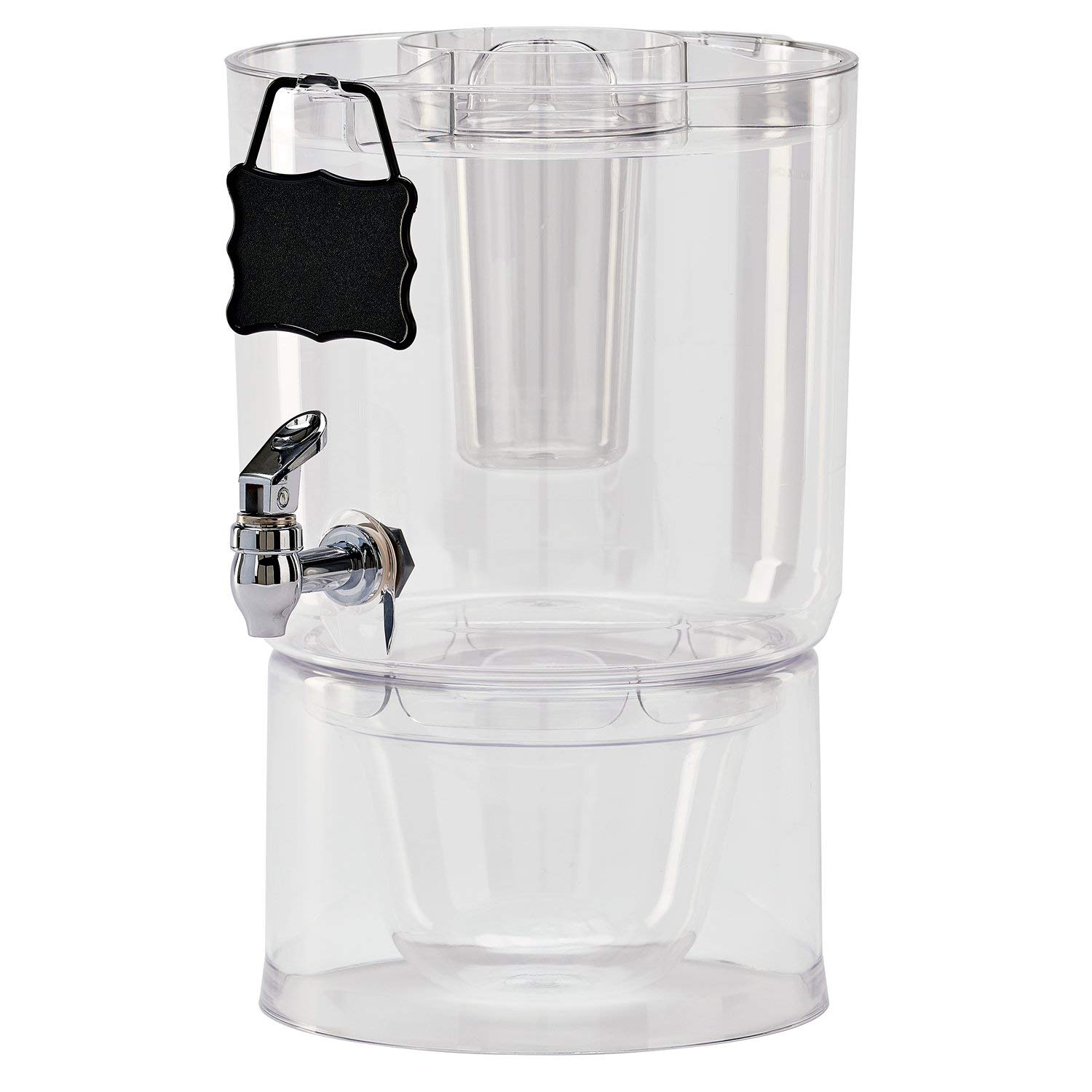Glad to see a lot of new activity on this thread again. I love one gallon batches (and 2.5gallon batches), perfect size for me.
Last weekend, I brewed a one gallon batch of Irish Red from Brewing Classic Styles. This weekend, I brewed a 2 gallon batch of Irish Red from How To Brew. It got split into two one gallon batches. One I'm going to leave as is and the other I'm going to dry hop with Cascade (which is totally out of style) just for sh!ts and giggles. I'll end up with 3 different Reds in time for St. Patty's day which will be just over a case of beer instead of 6 cases of beer if I had done the same in 5 gallon batches. Gotta love variety!!
So...any thoughts on how much Cascade I should use to dry hop that third batch? I'm thinking somewhere between 5 and 10 grams of Cascade.

















































![Craft A Brew - Safale BE-256 Yeast - Fermentis - Belgian Ale Dry Yeast - For Belgian & Strong Ales - Ingredients for Home Brewing - Beer Making Supplies - [3 Pack]](https://m.media-amazon.com/images/I/51bcKEwQmWL._SL500_.jpg)








